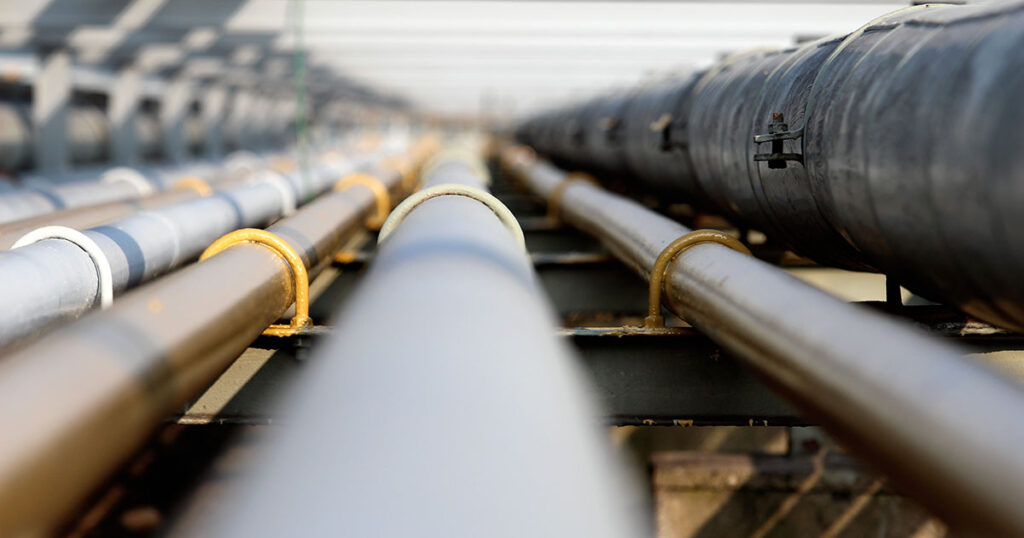Europe could commit 40,000 km (24,800 miles) of natural gas pipelines to hydrogen by 2040 once production and imports of the alternative fuel take off, transmission systems operators (TSOs) said.
Europe moves towards decarbonization
The speculative European hydrogen backbone scenario visualizes how elements of 2020 “green” hydrogen techniques at European Union and public level will fit together, said speakers during an industry webcast including 23 grid operators from 21 nations. Headed straight toward decarbonization, European policymakers focus on the area to produce, transport and market green hydrogen from renewable energy through electrolysis to supplant “dim” hydrogen from gas, and to substitute oil items across manufacturing businesses and in heating and transport. “We have discovered that it is in fact conceivable and economically attainable to utilize the current gas infrastructure to make this hydrogen backbone,” chief coordinator Daniel Muthmann said during the webcast.
“It assists with coordinating a lot of renewable energy and it makes the reason for a fluid, cross-border market for renewable and low-carbon hydrogen,” said Muthmann, who is head of corporate development, strategy, policy and communication at Open Grid Europe (OGE), a main grid administrator. The TSOs estimate related costs at between 43 billion euros ($51.30 billion) and 81 billion euros. Some 69% of the proposed hydrogen network could comprise of repurposed natural gas pipelines, they said.
The excess 31% would be expected to interface future hydrogen consumers in nations with at present couple of gas grids, yet predictable high hydrogen interest and production. The TSO report said transportation costs could be 0.11-0.21 euros per kg of hydrogen, which it estimated at a future production cost of 1-2 euros for every kg. Doubters of the hydrogen drive contend that natural gas isn’t emissions-free and green hydrogen still uncompetitive.
